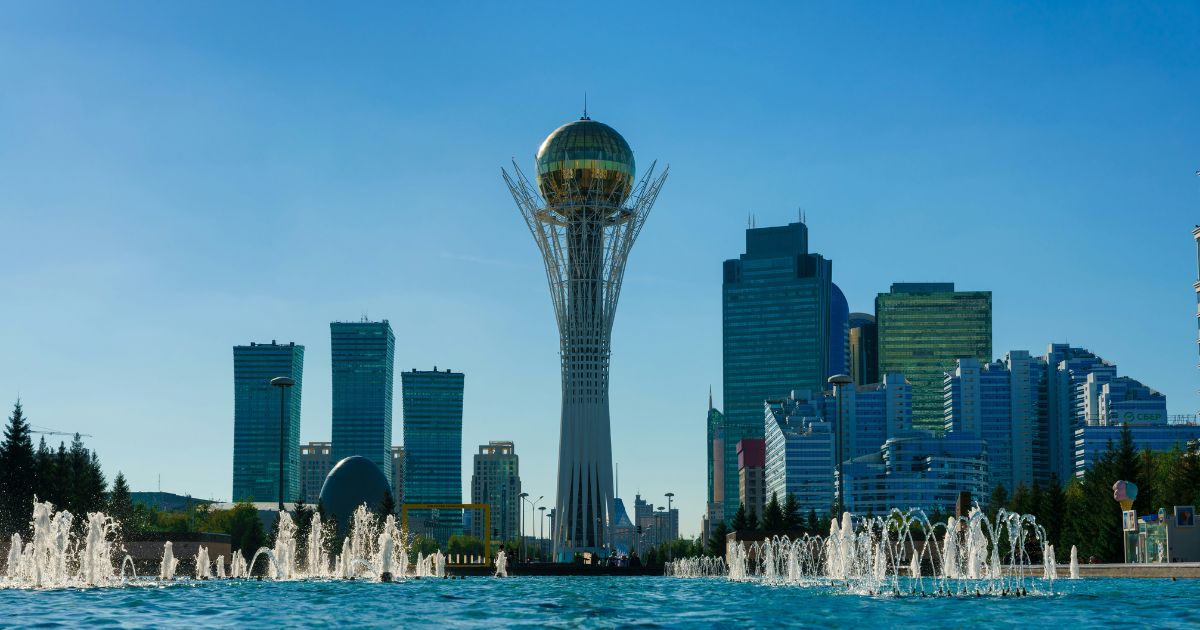In an attempt to stem irregular migration, Poland on Wednesday prolonged temporary controls on its frontiers with Germany and Lithuania through April 4, 2026, the interior and administration minister announced.
“We are expanding controls in order to stem the migration path which flows from the Baltic states, via Poland, to Western Europe. We are apprehending people who try to smuggle migrants illegally to the West. The most important mission for the border guard is to maintain the consistency of the border with Belarus and defend it against migratory pressure,” Marcin Kierwinski said in a release.
Under the measures, Polish Border Guard officers, backed by police and soldiers, have the right to halt and check selected vehicles. On the Lithuanian border, the controls also extend to so-called “green border” zones like forests. Controls are being carried out on 50 points on the Polish-German border and on 13 points on the Polish-Lithuanian border.
The government asserts that the checks are needed to curb unauthorized migration at the country’s borders. Activism by citizen militia along the western border has also heightened tension and served to drive the government towards more militant action.
Poland reinstated temporary border controls with Germany and Lithuania this July as a means of stemming what officials called a runaway tide of migrants. They were originally in effect for 30 days.
The move came after Germany’s rejection of asylum seekers attempting to enter its borders. Germany reinstated internal border checks with Poland in October 2023.
In 2025, various EU countries modified or reinforced their internal border control and partial shutdowns due to the pressure on the Schengen regime. Member states have the right to provisionally reintroduce internal border controls where there are exceptional circumstances within the meaning of the Schengen Borders Code, for instance, a serious threat to public order or national security.
This year, these extraordinary measures became increasingly routine. By March, 10 Schengen nations – including Austria, Denmark, France, Germany, Italy, and the Netherlands – had reinstated some kind of border controls within.




